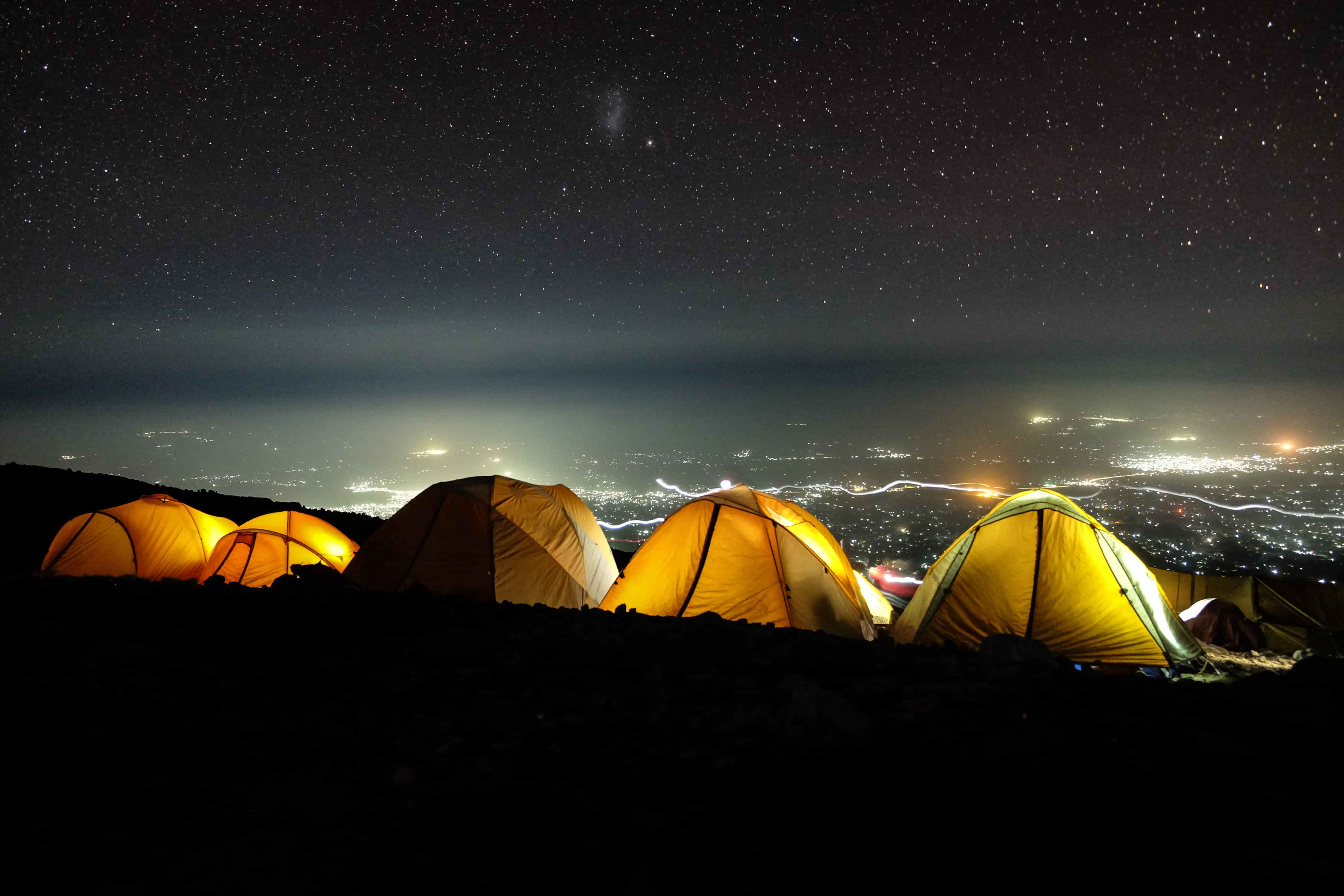Climbing Mount Kilimanjaro is a dream adventure for many, but choosing the right time to embark on this incredible journey can significantly impact your experience. Kilimanjaro’s climate varies throughout the year, and understanding the best time to climb is essential. In this comprehensive guide, we’ll explore the seasons, weather conditions, and factors to consider when planning your Kilimanjaro trek.
Best time to climb Kilimanjaro
Best time to climb Kilimanjaro

Choosing the Right Season:
The first and foremost consideration when planning your Kilimanjaro climb is the time of year. While Kilimanjaro can be trekked year-round, it’s important to be aware of the distinct seasons and how they can affect your experience.
Dry Seasons: The Optimal Times to Climb Kilimanjaro
The best time to climb Mount Kilimanjaro is during the dry seasons when you’re more likely to encounter stable weather conditions. These dry seasons typically fall into two main windows:
- Late June to October: This is the primary dry season, and it’s considered the optimal time to climb Kilimanjaro. The weather is generally clear and dry, with cooler temperatures at higher elevations. During this period, the mountain is less prone to rain, making for more comfortable and safer trekking conditions.
- December to Mid-March: Another dry season occurs from December to mid-March. While it’s a less popular time for climbing, it offers good weather conditions. However, it can be a bit busier during the holiday season.
Considering the Rains:
While dry seasons are ideal, understanding the wet seasons is just as important when planning your Kilimanjaro adventure.
Wet Season: The Challenging Periods
The wet seasons, which include April to early June and November, bring heavy rains to the Kilimanjaro region. Climbing during these months can be challenging due to the following reasons:
- Trail Conditions: Heavy rains can turn the trails into muddy, slippery paths, making the trek physically demanding and potentially treacherous.
- Altitude Sickness: Reduced visibility from rain and cloud cover can increase the risk of altitude sickness, as it may be harder to recognize symptoms and react accordingly.
- Wet Gear: Rain can saturate your gear and clothing, making the climb uncomfortable and potentially dangerous in cold conditions.
Advantages of Climbing in the Dry Season:
Climbing Kilimanjaro during the dry season has several advantages:
- Optimal Weather: The dry season offers clear skies and pleasant temperatures, making your trek more enjoyable and enhancing your chances of summiting.
- Better Visibility: Clear skies provide stunning views of the surrounding landscape and a breathtaking sunrise at the summit.
- Stable Conditions: The absence of heavy rain reduces the risk of trails becoming excessively muddy and slippery.
- Higher Success Rates: The dry season typically boasts higher success rates of reaching the summit due to better weather and trekking conditions.
Route Selection:
In addition to considering the season, it’s important to select the right route for your Kilimanjaro climb. Different routes offer unique experiences, and weather conditions can vary slightly between them. Here’s a brief overview of some of the routes:
- Machame Route: Known for its scenic beauty, the Machame Route is an excellent choice during the dry season. It provides ample time for acclimatization and offers a diverse range of landscapes, from rainforests to alpine deserts.
- Lemosho Route: Like the Machame Route, the Lemosho Route offers stunning scenery and is a great option during the dry season. It’s considered one of the quieter routes, providing a more tranquil experience.
- Marangu Route: The Marangu Route, also known as the “Coca-Cola Route,” is popular for its relative comfort. It is the only route with hut accommodations and can be trekked year-round. While it’s not as secluded as some other routes, it’s still a fantastic choice.
Planning and Preparation:
No matter when you decide to climb Kilimanjaro, thorough planning and preparation are essential for a successful trek. Here are some key considerations:
- Trekking Company: Choose a reputable trekking company with experienced guides who can navigate the mountain’s challenges, assist with permits, and ensure your safety.
- Physical Fitness: Train and prepare for the physical demands of the climb. A good fitness level will enhance your chances of success and reduce the risk of altitude sickness.
- Gear and Clothing: Follow the gear list provided by your trekking company. Proper clothing and equipment are crucial for staying comfortable and safe throughout the trek.
- Altitude Acclimatization: Allow for proper acclimatization by choosing a longer route and listening to your body. Adequate acclimatization can help prevent altitude sickness.
- Permits: Ensure that your trekking company secures the necessary permits for your climb. Climbing Kilimanjaro without the proper permits is not allowed.
In Conclusion:
The best time to climb Mount Kilimanjaro is during the dry seasons: late June to October and December to mid-March. These windows offer stable weather conditions, better visibility, and higher success rates. While trekking during the wet season is possible, it presents additional challenges. Careful planning and selecting the right route will enhance your chances of a successful and memorable Kilimanjaro climb. Whether you aim for the summit during the peak dry season or opt for a less crowded adventure, Kilimanjaro offers an unforgettable experience year-round.
RELATED IMAGES
Quaerat inventore! Vestibulum aenean volutpat gravida. Sagittis, euismod perferendis.


